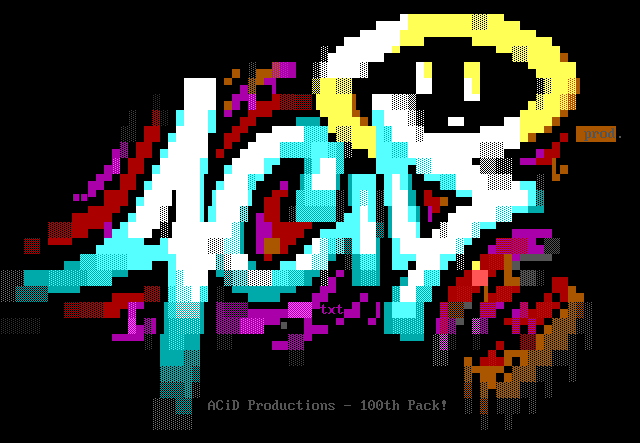

I mean, eBay exists. You can get a Commodore 64, a Mac II-era mac, or a 486 for not that much money.
I have a giant pile of retro stuff including those, and an absurdly expensive Pentium 1ghz box with a proper Vortex 2 and 3dfx voodoo 5 card, sitting around for retro gaming.
Which uh, mostly is all I do anymore. There’s also a TON of modern improvements to emulate floppy drives, replace hard drives with SD cards, and even new video and sound cards that are waaaaay better than what you had to deal with when the hardware was new.
It’s not as cheap as it was 5 years ago, but it’s still reasonable if you have an era you’re after and kinda stay focused on one or two retro computers and don’t, say, decide you want to own one of every G3 and G4 tower that was made or anything insane like that.
…stop looking at me like that.
There’s also a ton of Youtubers that are touching all sorts of rare and expensive hardware that’s a good watch, too. (8 Bit Guy, LGR, Adrian’s Digital Basement, Necroware)











Well, that’d certainly be a novel solution to the trolley problem. Just make sure FSD always defaults to hitting the non-nazis first.